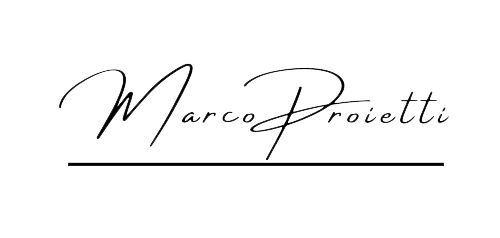1st modification therefore the laws and regulations of a lot says additionally shield your use of a person’s title or likeness in creative works also kinds of recreation
2nd, the great legal has held the 1st Amendment does not protect the mass media once they ideal a high profile’s whole efficiency without compensation, in connection with a newsworthy facts or system. In Zacchini v. Scripps-Howard Broadcasting Co., 433 U.S. 562 (1977), a news reporter videotaped Hugo Zacchini’s “human cannonball” perform at a county reasonable without permission, and his workplace broadcast the whole fifteen-second work from the night development. The Supreme courtroom used that 1st Amendment couldn’t avoid liability for infraction of the correct of publicity, although the broadcast had been newsworthy. Therefore, it is really not a good idea to report and distribute all or almost all of somebody’s performance (elizabeth.g., a live music or dance show) without authorization, even if the results are legitimately newsworthy.
Cover for Creative Functions
Included in this category were such things as novels that include reference to real-life figures, historical fiction, videos created  loosely on real life occasions, “docudramas,” works of art that include ones own photo or picture, and functions of parody fond of somebody. Some state statutes clearly exempt such efforts from responsibility for misappropriation or infraction with the correct of visibility. See, e.g., 42 Pa. Cons. Stat. A§ 8316(e)(2) (website link will be total rule; you need to click right through to label 42, parts VII, chapter 83, subchapter A, after which opt for the certain provision); rinse Rev. rule A§ (1). In other claims, the courts consider the innovative or imaginative are employed in matter and endment principles at risk trump the plaintiff’s liberties of confidentiality and publicity. Discover State laws: Appropriate of Publicity and Misappropriation for details.
loosely on real life occasions, “docudramas,” works of art that include ones own photo or picture, and functions of parody fond of somebody. Some state statutes clearly exempt such efforts from responsibility for misappropriation or infraction with the correct of visibility. See, e.g., 42 Pa. Cons. Stat. A§ 8316(e)(2) (website link will be total rule; you need to click right through to label 42, parts VII, chapter 83, subchapter A, after which opt for the certain provision); rinse Rev. rule A§ (1). In other claims, the courts consider the innovative or imaginative are employed in matter and endment principles at risk trump the plaintiff’s liberties of confidentiality and publicity. Discover State laws: Appropriate of Publicity and Misappropriation for details.
As a standard situation, you won’t getting used accountable for utilizing somebody’s identity or likeness in an innovative, engaging, or imaginative perform that is transformative, for example your increase significant innovative component in addition to the mere depiction of the individual. This means, 1st modification typically shields your if you use a person’s title or likeness to produce something new which recognizably your very own, rather than something that just evokes and exploits the individuals identity.
By way of example, within one circumstances a singer developed and marketed tees that contained a sensible depiction associated with the Three Stooges, as well as the company which possesses the publicity liberties prosecuted. The California Supreme judge recognized your 1st modification usually protects creative and creative functions, but unearthed that the t-shirts involved weren’t sufficiently transformative because “the artist’s skill and skill [was] manifestly subordinated on overall purpose of producing a conventional portrait of a high profile to commercially make use of their reputation.” Funny III Prods., Inc. v. Gary Saderup, Inc., 21 P.3d 797, 810 (Cal. 2001). An additional situation, the artist Barbara Kruger developed an untitled efforts that integrated a photograph of Charlotte Dabny holding a large magnifying glass over the woman proper attention (which by itself was a famous photo by German photographer Thomas Hoepker). Kruger cropped and increased the photo graphics, transmitted it to silkscreen and superimposed three large red blocks containing the phrase “It’s limited globe yet not if you have to washed it.” An innovative new York court conducted that Dabny would never recuperate for misappropriation because Kruger’s imaginative jobs was secured by the 1st Amendment because Kruger got added adequately transformative elements. See Hoepker v. Kruger, 200 F. Supp.2d 340 (S.D.N.Y. 2002).

